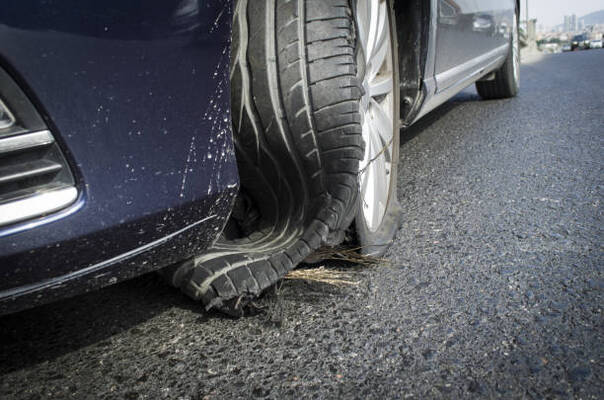- 1-905-452-8193
- Contact Us
- Member Login
- Get Listed Today
- 220,911 members

When you think about replacing the tires on your car with the help of mechanics Campsie, safety should be your priority. With worn and damaged tires, driving can become dangerous as they may cause a loss of traction or even a blowout while you’re on the road.
Worn-out tires are also more likely to lead to an accident due to reduced handling capabilities, especially in wet conditions. Therefore, you must replace your car tires regularly to ensure safe driving and avoid potential risks from defective or worn-out tires.
Having tires that are in good condition is crucial for your safety and the safety of others on the road. Therefore, it's important to regularly check your car tires and replace them when necessary.
Here are the signs that it’s time to get new tires.
Excessively Worn Tread
If you notice that the tread on your tires appears excessively worn or smooth, it’s likely time for a replacement. This can be determined by checking each tire with a penny; if you can still see most of Lincoln’s head once inserted into the tread, then it means that it has worn down too much and needs to be replaced.
Cracks or Splits in the Sidewall
If cracks or splits appear in the sidewall of your tires, it’s a sign that they need to be replaced as soon as possible. These can form due to exposure to heat or UV rays over time and can cause significant damage if left unchecked.
Bulging or Blistering on Tire Walls
If you notice any bulging or blistering on the sidewalls of your tires, then this is a sure sign that they should be replaced. This could potentially indicate an internal structural problem with your tire, which would make them dangerous to use.
Uneven Tread Wear
Uneven tread wear could mean that your tires are misaligned or out of balance and need to be replaced. If you notice that the tread is wearing down more heavily in certain areas than others, then it’s time for a replacement.
Vibrations or Unusual Noises
If your car starts vibrating or making unusual noises when driving, then this could indicate an issue with your tires and they should be inspected immediately. These vibrations or sounds can signal damage within the tire itself as well as misalignment or imbalance issues.
Low Tire Pressure
Low tire pressure can cause a variety of problems including decreased fuel efficiency and poor handling. It’s important to check the pressure of your tires regularly, and if they are consistently low despite refills then it may be time to replace them.
Expired Tires
If your tires are more than five to six years old, then it’s time to get them replaced as the rubber will have worn down significantly over time. Even if they look in good condition, it’s important to check for any hidden damage that could be putting you and your passengers at risk.
Flat Spots on the Tire
If you notice flat spots on the surface of your tire, this can signal a variety of issues such as an unbalanced wheel or a misaligned suspension system. It may also indicate inner tire damage, so it’s best to get them replaced right away.
Excessive Vibration When Braking
If your car vibrates heavily when you apply the brakes, then this could be a sign of inner tire damage and should be checked out immediately.
Abnormal Tire Wear Pattern
If you notice an abnormal wear pattern on your tires, this could indicate poor wheel alignment or suspension problems and it’s best to replace them as soon as possible to avoid any further damage.
Sudden Pulling to One Side
A sudden pulling to one side when driving can be caused by worn-down tires that are no longer able to provide enough grip on the road. This is especially true if the vehicle is pulling in the same direction regardless of which way you turn the wheel.
Low Tread Depth
If you don’t have a penny or other tool to measure tread depth, then it’s best to simply check the overall condition of your tires. If they look significantly worn down and show signs of damage such as cracking, blistering, etc., then it’s time for a new set.
Replacing your tires regularly is essential not only for safety but also to maintain good performance in your vehicle. By keeping an eye out for these twelve signs, you can ensure that you are driving with safe and reliable tires at all times.
